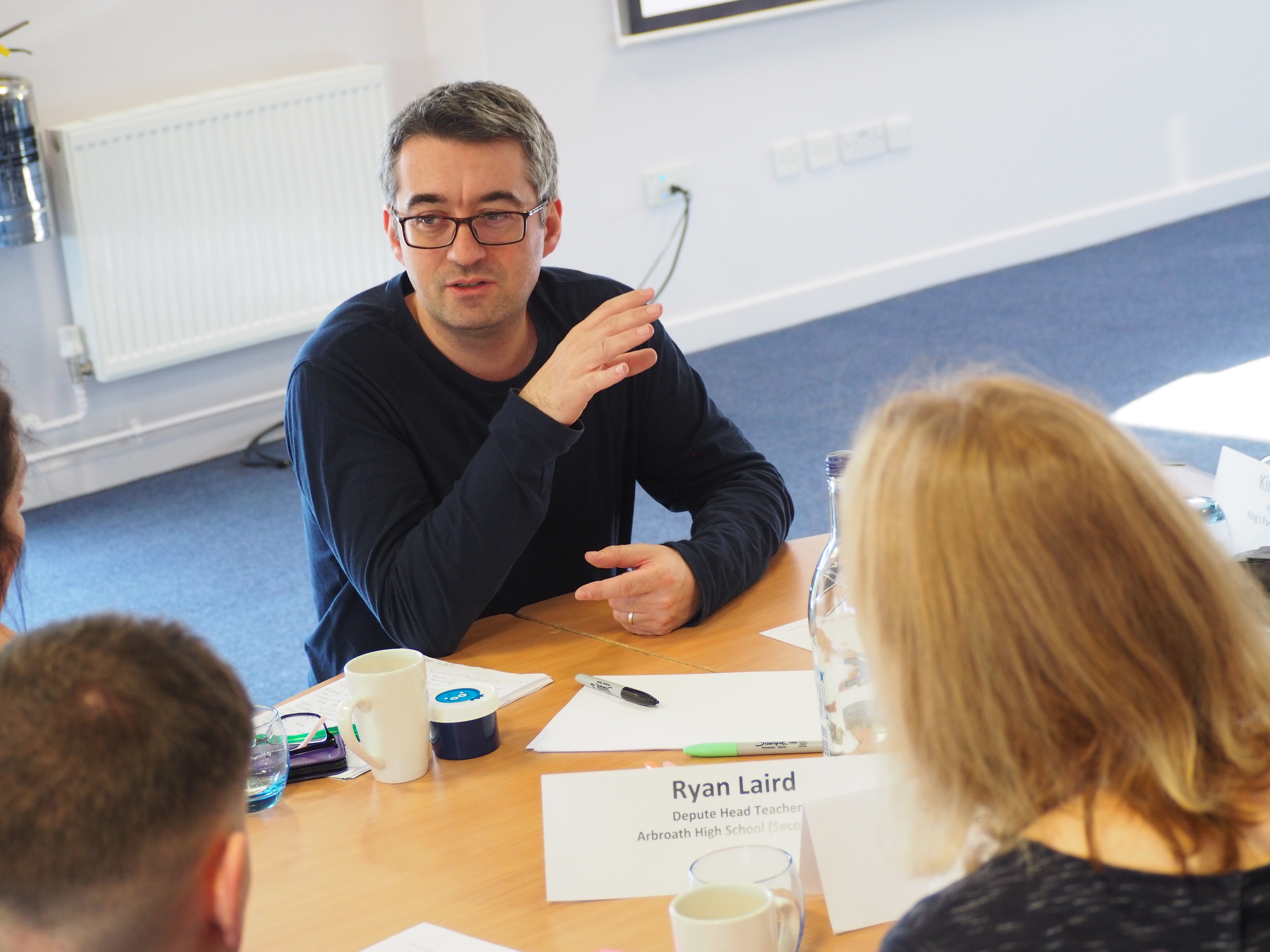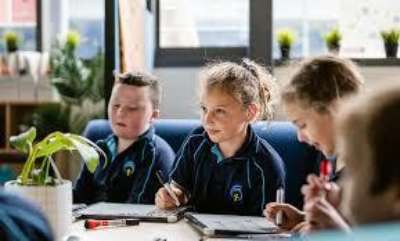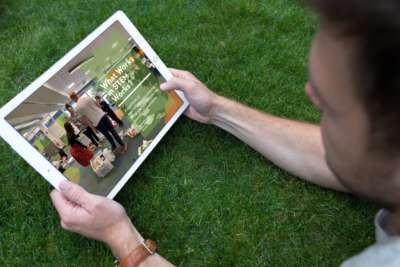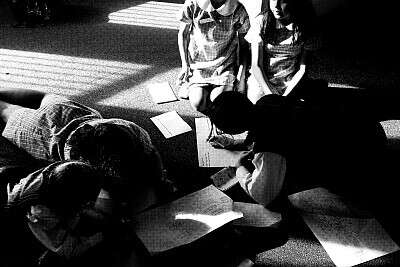1: Introduction and rationale for exploring purpose
"I can't believe we're still talking about this."
That was the exclamation from one educator in February 2022, at an early interview session to explore the four capacities of the Scottish Curriculum for Excellence. She had a point.
And it’s a point we’ve heard at least implicitly at every step of this journey, as our team listened to the voices of around 150 educators, youth learning specialists and over 600 young people over the first five months of 2022. We also included the voices of another 130 or so educators whose ‘curriculum stories’, told during the height of the pandemic, showed how curriculum purpose and the four capacities perform under pressure. We adopted a trademark empathetic approach, reflecting an appreciation for the work educators do and the incredible achievements of our young people, the vibrancy and dynamic of Scottish education.
We asked them what it means to develop “successful learners, confident individuals, responsible citizens and effective contributors” in the Scottish education system. What do the “four capacities” mean in practice? How do they add value through curriculum, qualifications or extracurricular activities? Is it still helpful to identify, define, and plan the inclusion of these four capacities when we design learning experiences?
And how do we retain the relevance of the attributes and capabilities we want to build with young people when the world is changing so swiftly? What can different educational stakeholders, children and young people do to support a progression of development in those skills and development as humans?
These questions need to be discussed. The purpose of this thought paper and the qualitative research behind it is to flesh out the key ideas behind those questions and inspire more.
The team at our firm, NoTosh, helps school leaders accelerate positive change by thinking and doing things differently. In our method, employed with this project, we:
- guide leaders from passive thinking to dynamic activity;
- equip leaders with the tools to work through challenges with their school communities;
- create environments where it’s safe to be experimental; and
- develop a shared language for teams within schools.
And we keep asking questions. There are plenty of them in this paper for educators, youth work specialists and young people to keep asking, and for policymakers to consider. So take them further, and with your answers, perhaps you can already make the changes you want to see in your own classroom, school, youth club or programme.
Ewan McIntosh
Managing Director, NoTosh, Edinburgh
Athole McLauchlan
Consultant,
NoTosh, Brussels
You can download the full paper (PDF), return to the overview or read the next section.




